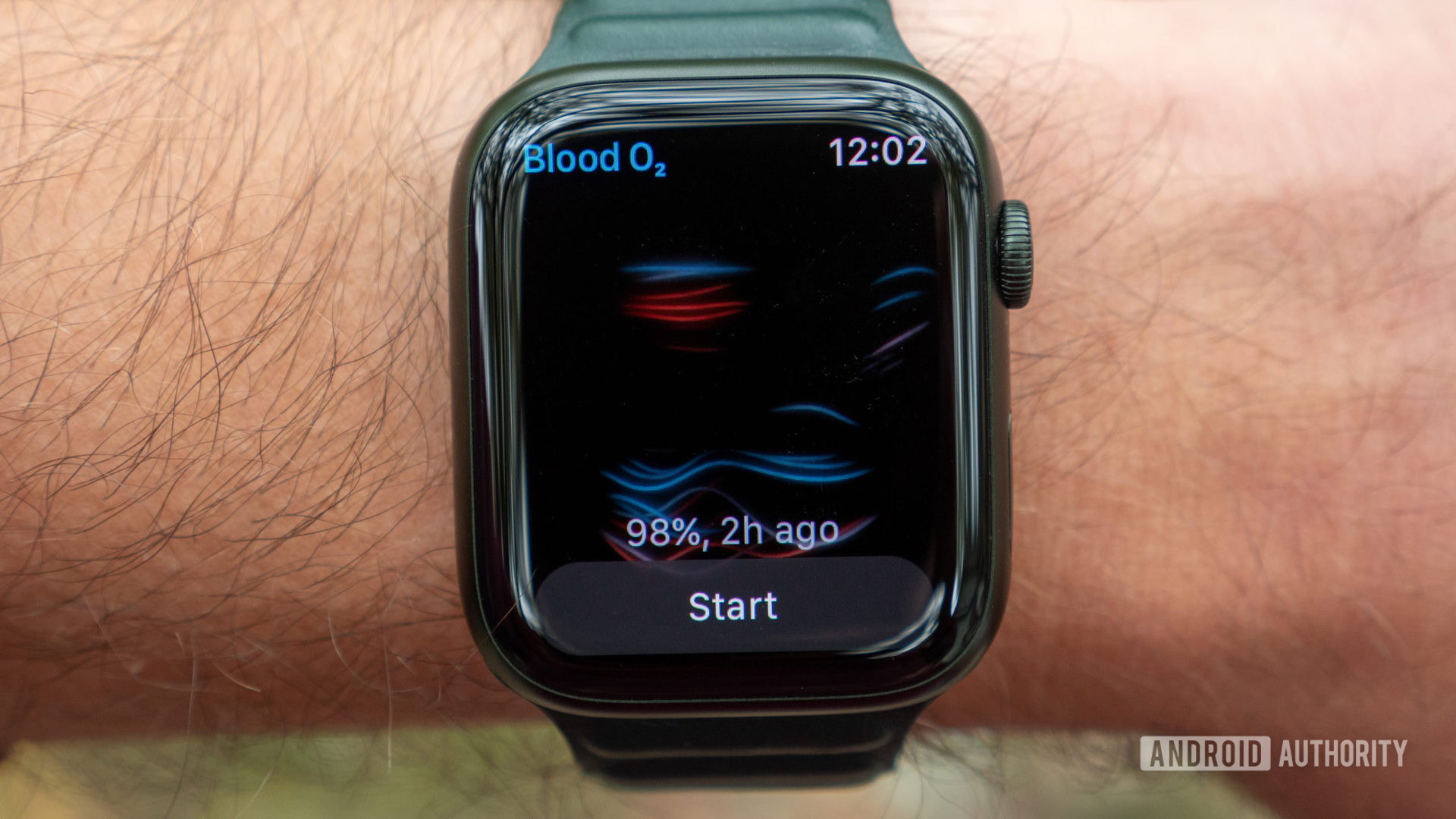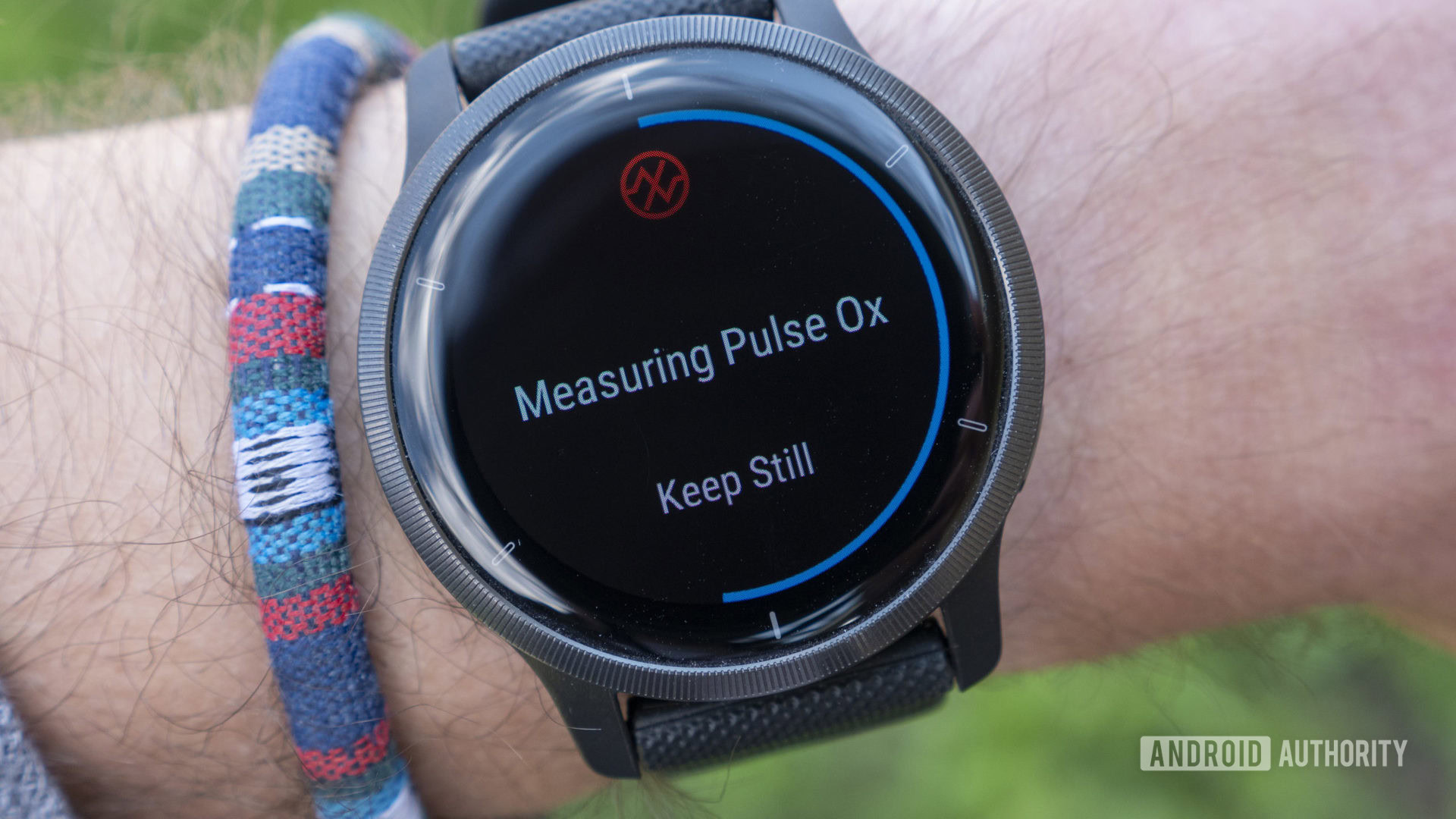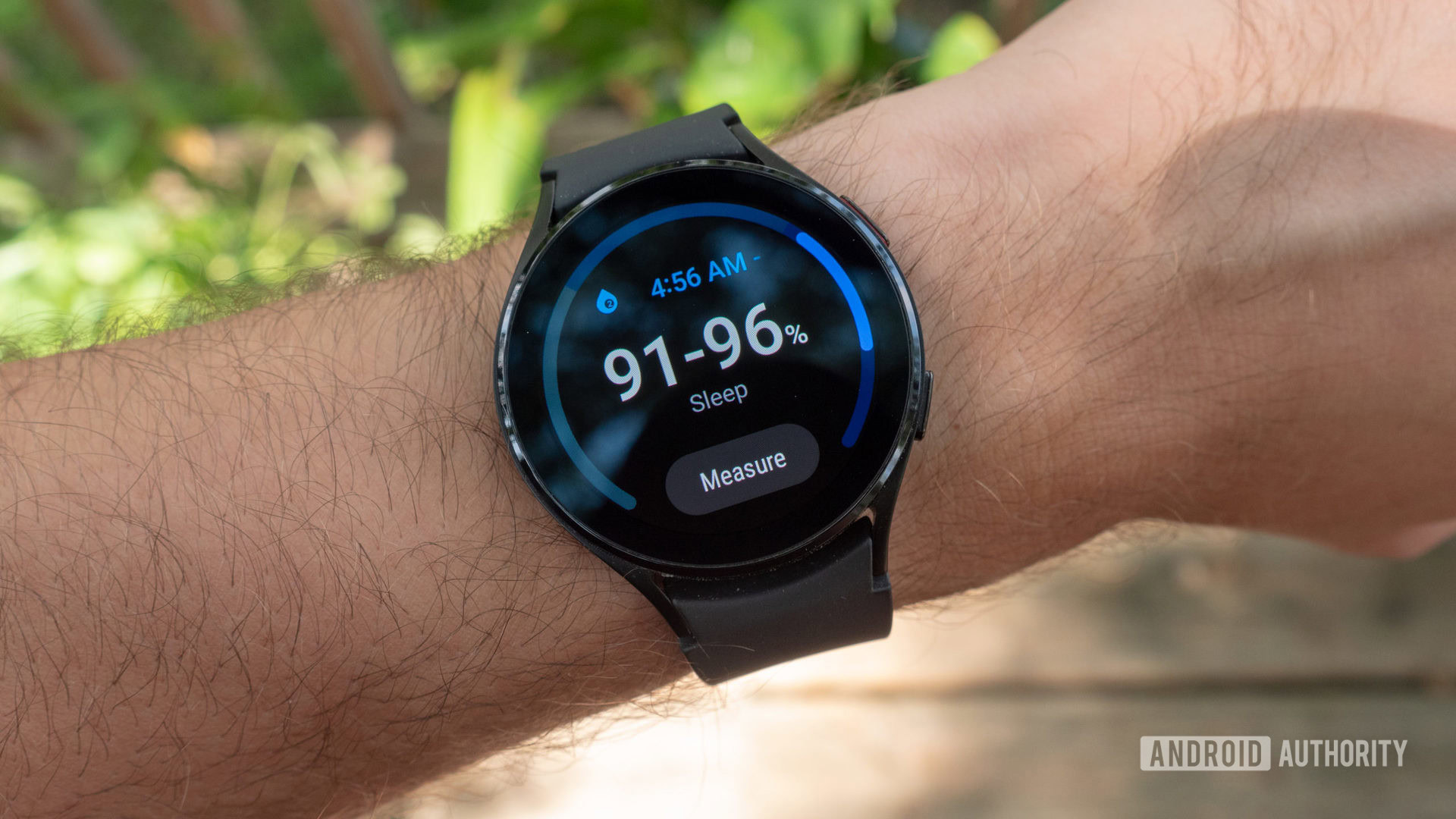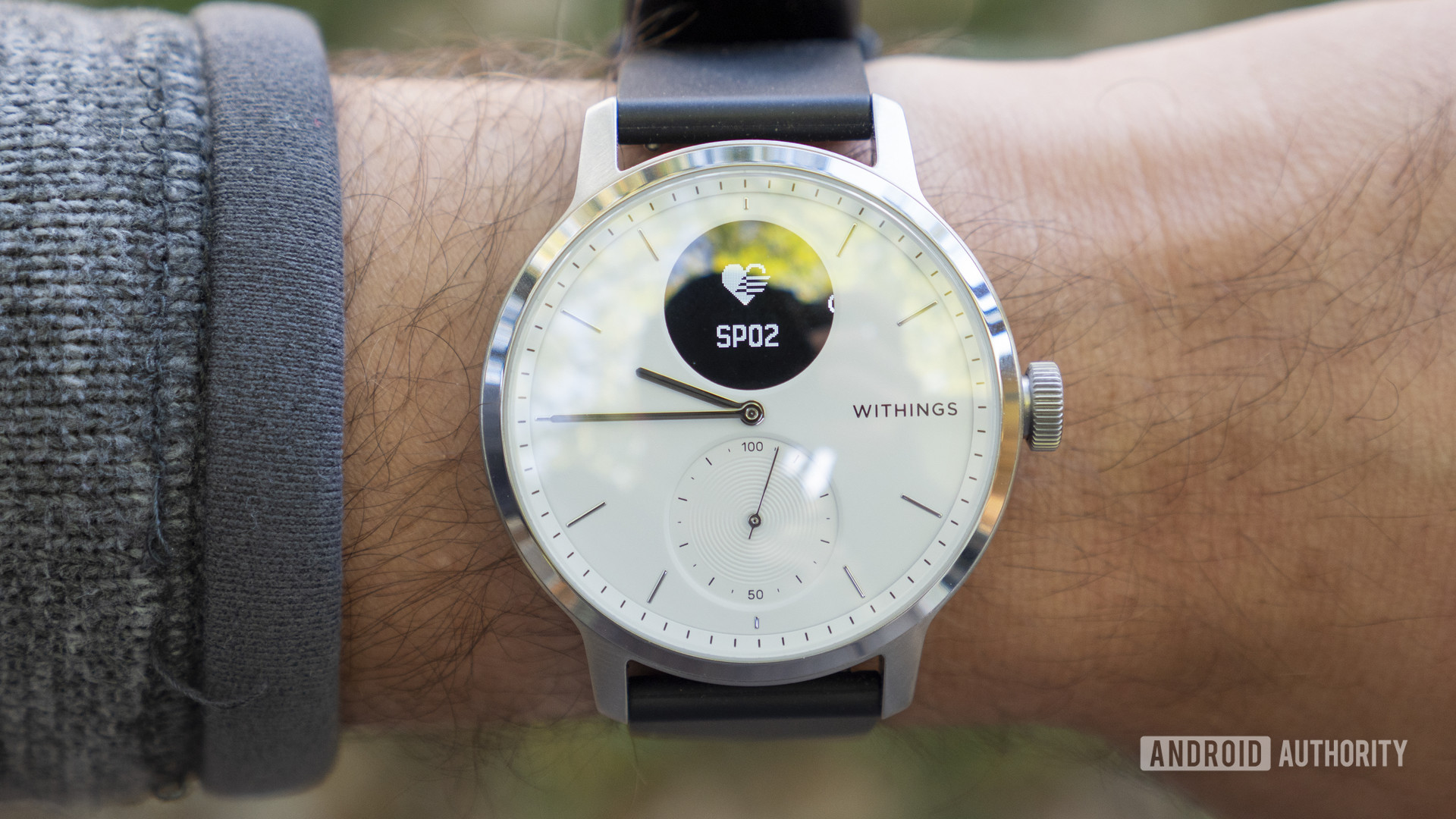Affiliate links on Android Authority may earn us a commission. Learn more.
What is a pulse oximeter, and why is it so important?

Wearables have come a long way in the past decade. The days of simple step tracking are gone, replaced by a slew of new and sophisticated health sensors. One of the latest sensors that are growing in popularity is the pulse oximeter. It’s making its way onto more and more fitness trackers and smartwatches by Garmin, Fitbit, and others. But what is the pulse oximeter, and why is it important? Allow us to explain.
What is a pulse oximeter?
Pulse oximeters, also called SpO2 sensors, are used to measure blood oxygen levels or oxygen saturation in your blood. In the medical field, pulse oximeters are usually small devices that resemble a clip. Finger pulse oximeters have grown in popularity recently, but they can also be attached to a toe and sometimes an earlobe to painlessly measure blood oxygen levels. Both medical and wearable oximeters use light to do so.
Also read: The best smartwatches | The best running watches

Typically, a pulse oximeter features two LEDs with different light wavelengths — one red and one infrared. This is because the absorption of light differs between blood with normal oxygen levels and blood that lacks oxygen. Oxygenated blood absorbs more infrared light, while deoxygenated blood allows more of it to pass through. This enables pulse oximeters to quickly and non-invasively detect oxygen levels and measure blood oxygen saturation in the extremities.
However, not all wearable pulse oximeters are made equally. Pioneering devices equipped with the sensor, like the Withings Pulse Ox, required you to place your finger on the back of the device for measurement. Cheaper finger clamp pulse oximeters have become a common household item during the pandemic. More modern devices can operate while still trapped to your wrist, but they require you to hold still for several seconds for a single on-the-spot check. Most recent watches and fitness trackers usually have sensors that provide pulse ox sleep tracking, too.
Nevertheless, if a regulatory body has not cleared the sensor on the tracker or smartwatch, it should not be used for self-diagnosis. This data is great for the early detection of possible health issues or providing a general idea of fitness, but you should still rely on the diagnosis of a medical professional if you believe there’s a more serious issue.
What are pulse oximeters used for?

Like any other wearable health sensor, the primary function of a pulse oximeter is to gather health data and notify you if something is out of the ordinary. The first thing to know is the regular blood oxygen saturation rate. It sits at around 95% for healthy individuals, although lower rates are both possible and normal. However, if you consistently get readings below 90%, it might be time to visit the doctor. They can double-check the accuracy of the readings and recommend the next steps.
A pulse oximeter is an essential sensor for alpine enthusiasts.
A fitness tracker equipped with a pulse oximeter can also come in handy if you are upping your exercise game. This is because blood oxygen saturation readings can interpret how well you handle the increased activity. For example, your levels might drop low if you overdo it, signaling you to take things a bit easier. It is also an essential sensor for alpine enthusiasts who climb to high elevations where the air is thinner.
More reading: What is VO2 max?
Since many new trackers now feature pulse oximeters that provide tracking throughout the night, some of these devices’ pulse oximeters can detect early signs of sleep apnea. Sleep apnea is a serious sleep disorder that causes those affected to stop breathing for short intervals during the night. As a result, sufferers often snore and don’t feel rested even after a full night’s sleep. More importantly, leaving the disorder untreated can result in other more serious health issues. This is why a smartwatch with a pulse oximeter can be beneficial for early detection.
Trackers with pulse oximeters

If you believe you need a wearable with a pulse oximeter, we have good news: many fitness trackers and smartwatches already sport the SpO2 sensor. Below are some (not all) of the best pulse oximeter trackers and smartwatches available.
- Apple Watch Series 7: Review | Check pricing
- Samsung Galaxy Watch 4: Review | Check pricing
- Samsung Galaxy Watch 3: Review | Check pricing
- Withings ScanWatch: Review | Check pricing
- Garmin Venu 2 Plus: Review | Check pricing
- Garmin vivosmart 4: Review | Check pricing
- Fitbit Sense: Review | Check pricing
- Fitbit Versa 3: Review | Check pricing
- Fitbit Charge 5: Review | Check pricing
Initially reserved for premium devices, cheaper wearables are also sporting the sensor. Devices from several other established brands, including Xiaomi, Realme, and Huami, also load their wearables with pulse oximeters.
If you’re looking for a device with a reliable pulse oximeter, consider buying from a company that went through the trouble to get its sensors FDA- or CE-approved. The Withings ScanWatch, for instance, has received CE clearance for its pulse oximeter for SpO2 measurements, while cheaper devices like the Amazfit Bip U and Xiaomi Mi Band 6 aren’t certified.
As ubiquitous as the heart rate sensor is now, we expect the pulse oximeter to feature more often than not on wearables in the future. Do you own a wearable with a pulse oximeter? How often do you use it? We’d love to hear about your experience in the comments.